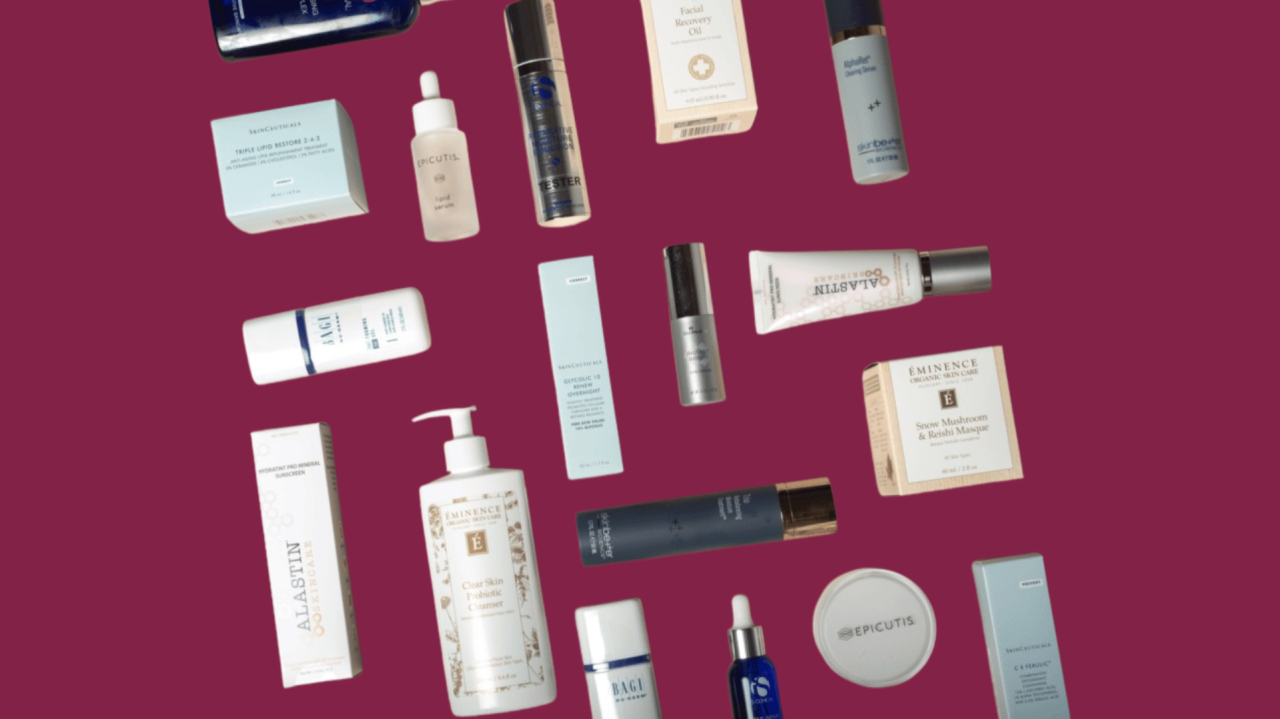Methylene blue. It’s the latest “biohacker’s secret” doing the rounds on social media, a bright blue liquid being swallowed, dropped under the tongue, or added to drinks with claims of boosting energy, sharpening focus, and even reversing ageing.
Let me be clear: methylene blue is not a wellness supplement.
It’s a pharmaceutical dye used in hospitals for very specific medical reasons, like treating certain types of blood disorders or poisoning. It’s also used to stain cells in laboratories. Not exactly your average morning pick-me-up.
So, why are influencers taking it, and why are people following suit?
Because the internet is brilliant at simplifying science to sell aspiration.
Some influencer sees a study suggesting methylene blue supports mitochondrial function (the bit of the cell that produces energy), and suddenly it’s a miracle elixir. They skip over the dosage, purity, or clinical context, and film a glossy video instead. Before long, followers are buying it from online sellers who might not even know where it came from, never mind if it’s pharmaceutical grade.
Here’s the uncomfortable truth:
Methylene blue is a regulated active substance when used in medicine. But when it’s repackaged as a “nootropic” or “energy booster” for general sale online, it often falls into the grey area between food, medicine, and cosmetics, the exact kind of borderline product I spend my career policing. That means no guaranteed safety testing, no medical supervision, and no quality control.
You could be ingesting something that’s:
- Too concentrated (causing potential toxicity)
- Mixed with impurities or contaminants
- Stored or handled incorrectly
- Interacting dangerously with other medications (it can, for example, trigger serious reactions with certain antidepressants)
But you won’t see that on Instagram.
What you will see is blue tongues, glowing skin, and promises of “enhanced brain power.” The problem is, aesthetics have become a proxy for authority. The more curated someone’s content looks, the more trustworthy they seem, even if they have no scientific or regulatory understanding of what they’re promoting.
From my perspective as a regulator, this is exactly why consumer protection laws exist. You have the right to know what you’re putting into your body. You have the right to buy products that have been properly assessed for safety, manufactured under the right conditions, and labelled with full transparency. When influencers sidestep those systems in the name of “biohacking” or “wellness freedom,” they’re effectively asking you to be the test subject.
So next time you see someone online swigging a vivid blue potion, pause before you click “add to cart.”
Ask yourself:
- Who made this?
- Has it been tested to UK or EU standards?
- Is this person qualified to tell me it’s safe?
If it looks like a science experiment, it probably is. And your kitchen counter isn’t the place to run it.


 By admin
By admin
.svg) Oct 30, 2025
Oct 30, 2025







